What is Sand Casting | Sand Casting Process [10 Steps]
What is Sand Casting?
Sand casting refers to the casting process of producing castings in sand molds. It uses foundry sand and sand binders as molding materials, suitable for the production of steel, iron, and most non-ferrous alloy castings. The foundry sand used in sand casting are inexpensive and easy to obtain, the mold manufacturing is simple, and the operability is strong, suitable for the manufacturing of castings of various materials and sizes.
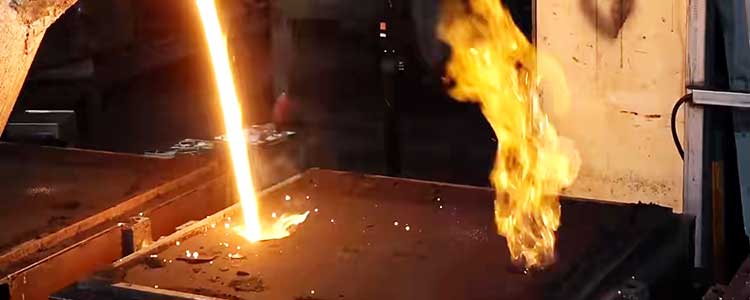
Advantages of Sand Casting
- Widely Available Materials. Sand casting can complete the casting of many metal raw materials, such as steel, iron, and most non-ferrous alloy materials. Any metal that can be melted can be easily completed using sand casting;
- Flexible Design. Sand casting can produce castings as small as a few grams and as large as several tons, and the size of the parts can also be adjusted according to the requirements of the castings. Sand casting can solve both simple and complex shapes, as well as those that cannot be achieved by other casting methods, with minimal casting limitations.
- Low Cost. Compared with some other casting methods, sand casting uses molds and equipment with lower costs and relatively lower prices.
Disadvantages of Sand Casting
- Low Strength and Accuracy. The castings produced by sand casting have low strength and poor dimensional accuracy due to their high porosity;
- Poor Smoothness. In sand casting, casting sand and sand binder are mainly used. If the sand mold is not selected properly, it is easy to cause obvious surface texture on the internal sand mold wall, which seriously affects the surface appearance of the casting.
- Secondary Process. Due to the lower precision and weaker strength of sand casting molds compared to other molds, industries with higher requirements require secondary processing of the castings produced by sand casting molds.
The Sand Casting Process
Sand casting is a traditional casting method, and its process mainly includes the following 10 key steps:
- Sand Blending: preparing molding sand and core sand. Generally, a sand mixer is used to mix foundry sand with an appropriate amount of clay to ensure the strength and compactness of the sand mold.
- Mold Making: Make molds and core boxes according to the part drawings. The preparation of molds is one of the key steps in sand casting, requiring high dimensional accuracy and good surface smoothness. The mold material can be wood mold, plastic mold, or metal mold (such as iron mold, steel mold), depending on the production batch and part complexity.
- Styling: The external shape of a casting is formed using foundry sand, which is the cavity of the casting.
- Core Making: Forming the internal shape of the casting, namely the sand core. The core making process also requires precise control to ensure the accuracy of the internal structure of the castings.
- Mold Matching: Place the sand core into the mold cavity and close the upper and lower sand boxes to form a complete mold.
- Smelting: Place the required metal or metal alloy into a suitable melting furnace and heat it to a liquid state. The key to the smelting process is to control the smelting temperature, as well as the smelting time and environment. The quality of smelting process directly affects the quality of castings, and smelting process is the key to casting manufacturing.
- Pouring: Pour the melted metal liquid into the prepared sand mold through a ladle. During the pouring process, attention should be paid to the pouring speed, pouring position, and pouring sequence to ensure that the metal liquid can evenly and fully fill the sand mold and avoid defects.
- Cooling & Sand Removal: After the casting is cooled to a certain temperature in the foundry sand, the sand removal operation is carried out to remove the molding sand and core sand. The castings after sanding need further processing.
- Cleaning: Use sawing or gas cutting methods to remove the sprue and riser, and remove sand, burrs, and burrs on the inner and outer surfaces of the casting. During the cleaning process, methods such as shot blasting can also be used to improve the surface quality of castings.
- Processing & Inspection: For castings that require special processing, grinding, drilling, and other processing operations may be necessary. At the same time, castings also need to undergo strict inspection processes to ensure that their quality meets the requirements. The inspection content may include multiple aspects such as dimensional accuracy, surface quality, internal defects, etc.
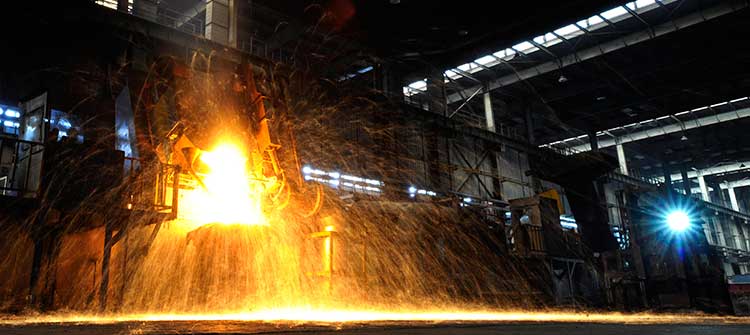
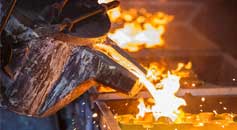 What is Foundry Sand | How To Choose Foundry Sand in Sand Casting
What is Foundry Sand | How To Choose Foundry Sand in Sand Casting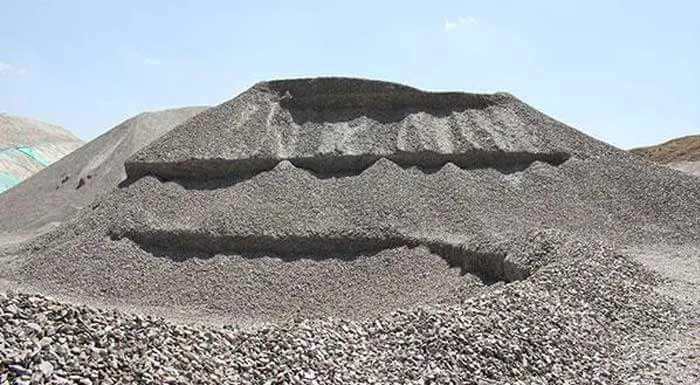 12 Types of Sand and Their Uses for Construction
12 Types of Sand and Their Uses for Construction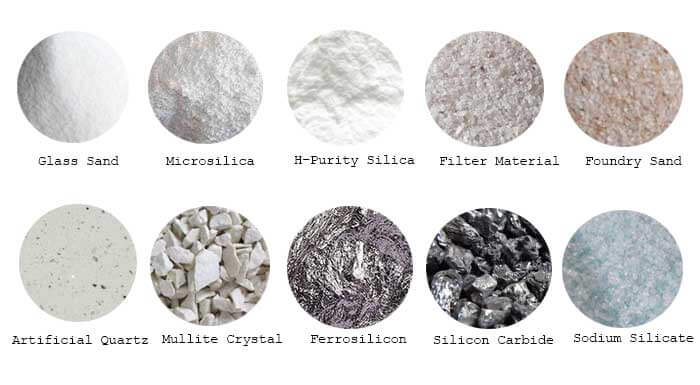 Quartz Sand Applications in 10 Different Industrial Fields
Quartz Sand Applications in 10 Different Industrial Fields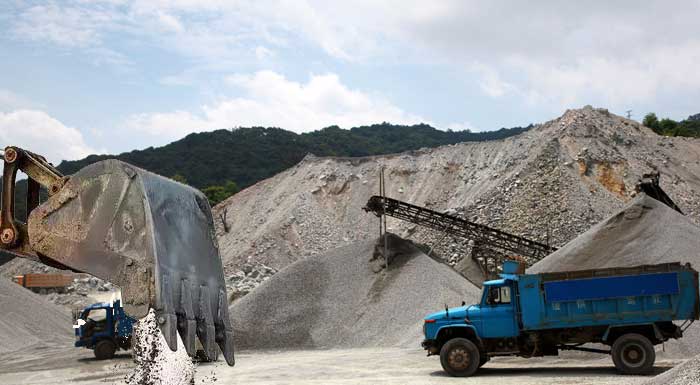 5 Steps Help you Choose and Replace Bucket Teeth yourself
5 Steps Help you Choose and Replace Bucket Teeth yourself


